1
HOME > Brands >
BRAND SPOTLIGHT ON VENTILE HIGH PERFORMANCE FABRICS
Written by Menswear Style in Brands on the 19th June 2019

The team behind Ventile are future proofing their fabric. Nestled on a tree-lined street on the banks of the river Limmat, Switzerland, is the headquarters of Ventile, a brand that is well known within the textiles circle, supplying brands such as Margaret Howell, Barbour and Jil Sander, but as a partisan of fashion you may not have heard of.
Growing up in Switzerland, a country which frequently tops the global charts for eco-tourism, Daniel Odermatt, the brand's Product Manager, understands the importance of creating a company that minimises the impact on the environment. Odermatt harnesses this ethos with the addition of Ventile’s first line of recycled cotton fabric to be added to the companies traditional offering in its 76-year history.
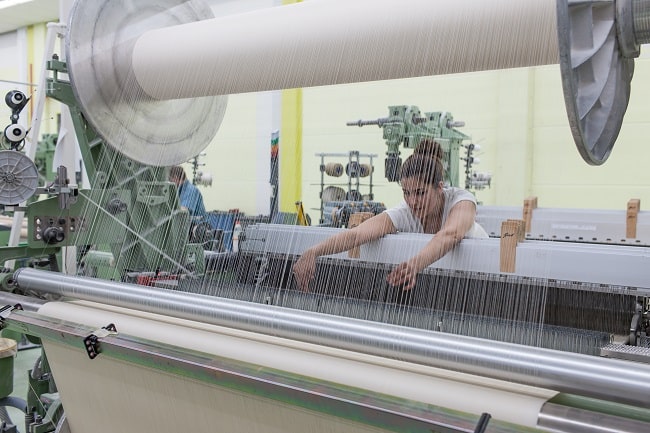
In fashion, everyone loves a bit of provenance, that investment in an origin story, the assurance of where a piece has come from, and this, Ventile offers up by the roll. Developed by scientists at the Shirley Institute in Manchester, Ventile was originally created to help save the lives of Air Force pilots flying over the Atlantic during wartime. The fabric was designed to be cool and comfortable on land, yet warm and impenetrable if it came into contact with water. This unique technology helped to increase life expectancy in the sea tenfold and carved out a reputation for Ventile as the world’s most effective, natural, all-weather cotton textile.
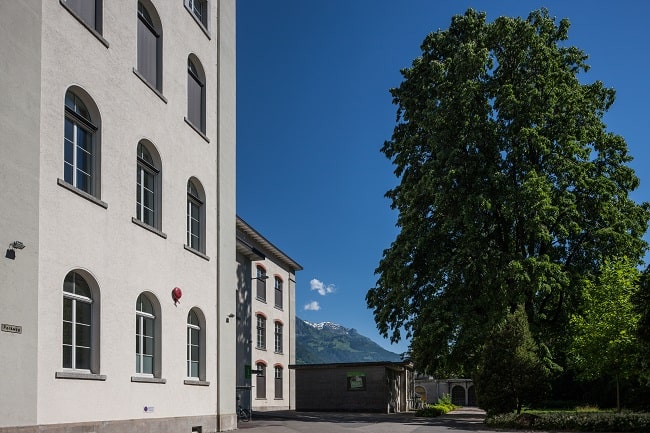
As if this backstory was not enticing enough, those same properties that first appealed to the Air Force in the 1930s, also made Ventile fabric perfect for mountaineers and explorers. On the 29th May 1953, Sir Edmund Hillary placed the Ventile brand firmly in the history books. In what has been described as one of the greatest achievements of the 20th Century, Sir Edmund and his climbing partner Tenzing Norgay, became the first to conquer the highest mountain on earth, Everest. Sir Edmund completed this epic feet whilst donning a royal blue, soft-touch jacket made from Ventile fabric. The brand became a piece of history once again.
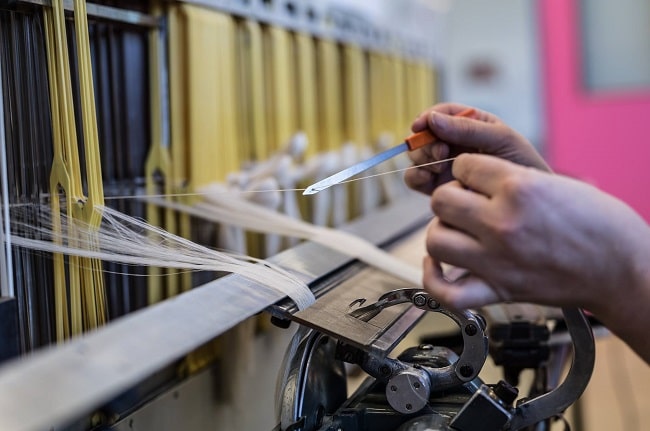
Today, with Daniel’s 38 years experience in textiles, Ventile has developed its first performance fabric made entirely from recycled cotton. This addition comes at a time when the industry is seeing an increase in consumer demand for practices that are sustainable, and methods which have a low impact on the environment. In November, Lyst announced an increase of 47% in 2018 for keyword search terms relating to sustainability . With the rise of brands such as People Tree and Veja, there is a significant consumer shift towards sustainable brands. Of this Daniel said, “It is important that this recycled cotton range is committed to connecting social and environmental awareness with beautiful, well-made and performance-driven clothing and while we do so, we can only expect demand for fabrics like this to rise over the coming years.”
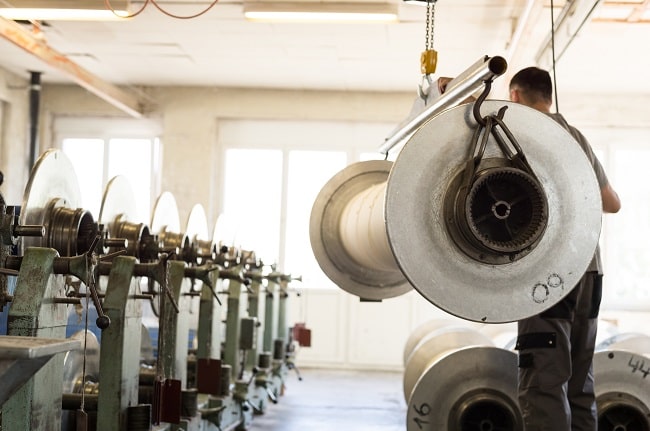
To address Coco Chanel’s well-used phrase “Fashion passes; style remains.” It is this transient nature of fashion then and now, which appears to jar with the modern day consumer’s view and contribute to the mountains of textile waste shipped globally each year. Minimising this contribution is high on the agenda at Ventile. The result; a heavy canvas (400g/m2) fabric made entirely from textile waste. Daniel explains, “Our recycled cotton fabric is made from something known in the industry as pre-consumer cotton, the textile waste, the leftovers from fabric production. These raw scraps, which would otherwise be destined for landfill, are then sorted by type and colour. The scraps are then shredded down to fine fibers and are spun into new yarns which make up the finished recycled fabric roll. Using Ventile pre-consumer cotton we can maintain our stable cotton fabric integrity.” Currently, the recycled cotton fabric is available for designers in charcoal, olive and white stone.
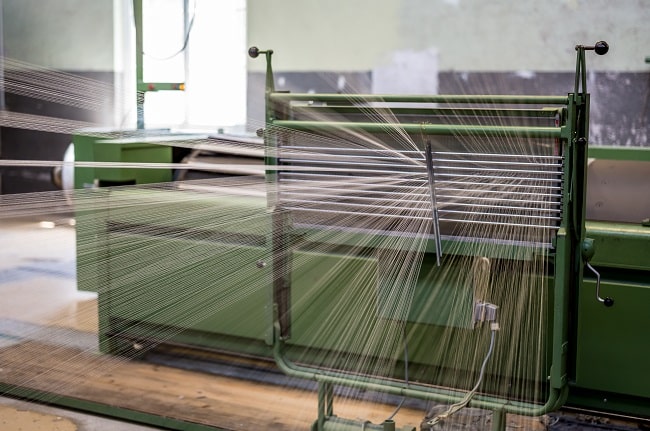
So why do we care about recycled cotton? Many of us now don’t think twice about recycling that used baked bean tin. If everyone in the UK applied this same approach to clothing and together recycled one-tonne of cotton waste, we could save 764,000 litres of water. By using scraps that would have otherwise been destined for landfill, recycled cotton fabric production reduces the pressure on virgin resources, minimises the volume of water used and reduces pollution from pesticides. The basic understanding is that recycled cotton is a good thing. It both reduces the water used and minimises the climate impact by over 75% vs that used by virgin cotton fibres. The benefit to the planet; less natural resources used and less environmental pollution. The recycled cotton fabric from Ventile offers designers and fashion brands the future in fabric technology. They offer the balance of performance, comfort, and sustainability in a bid to reduce overall textile waste and to create a durable and environmentally friendly resource for the industry.
Trending
2
3
4
5
6
7
8
9
10









